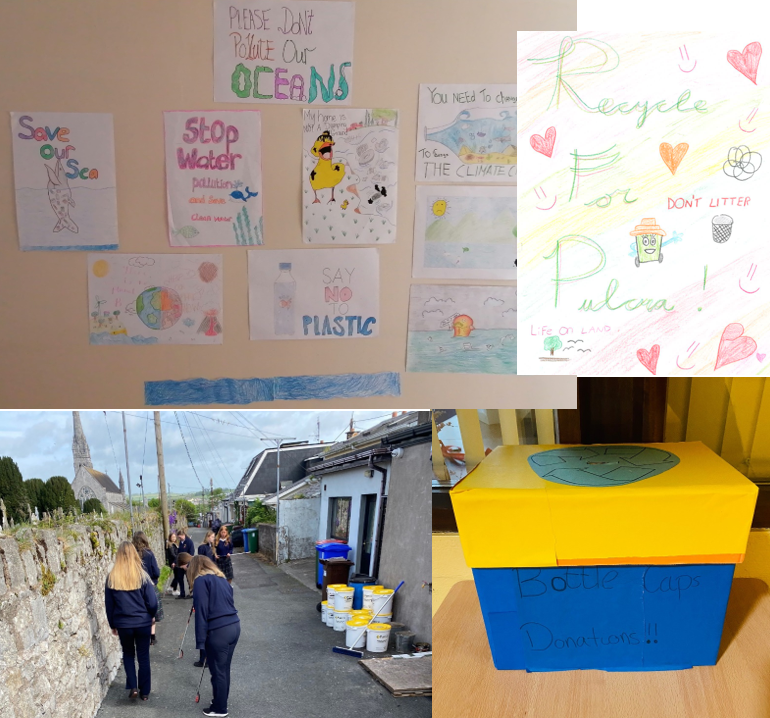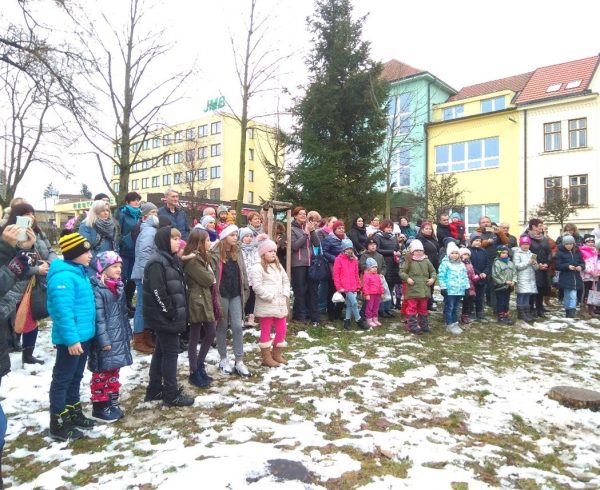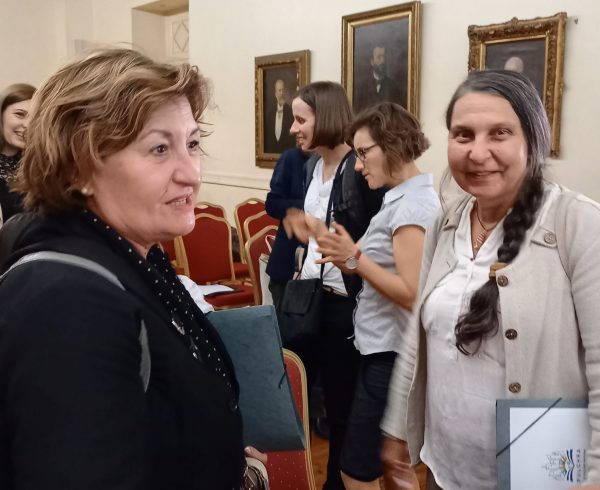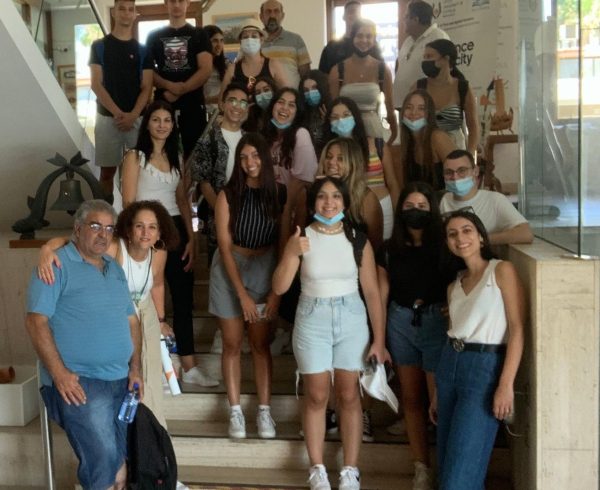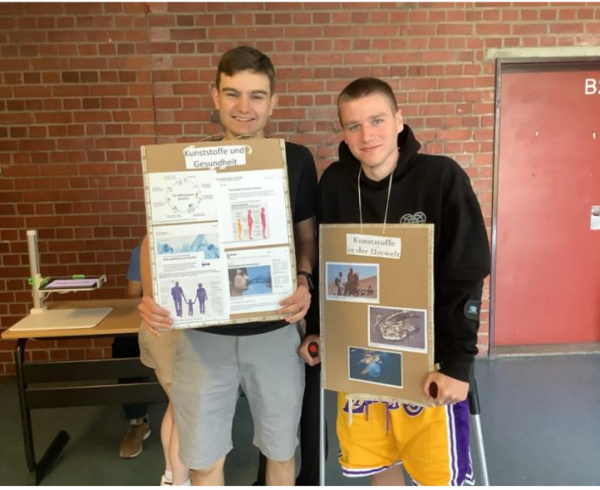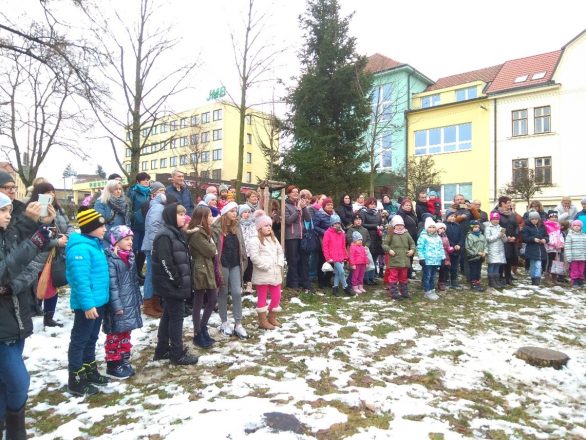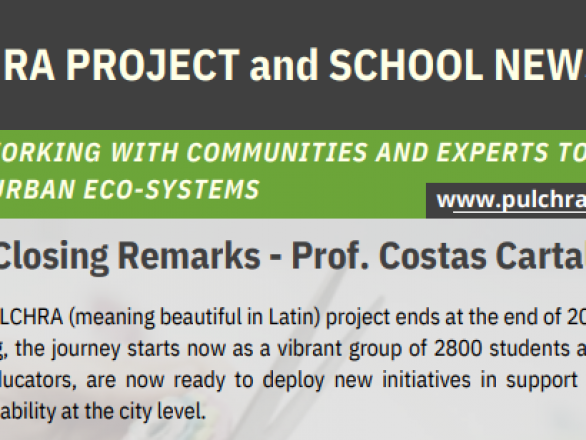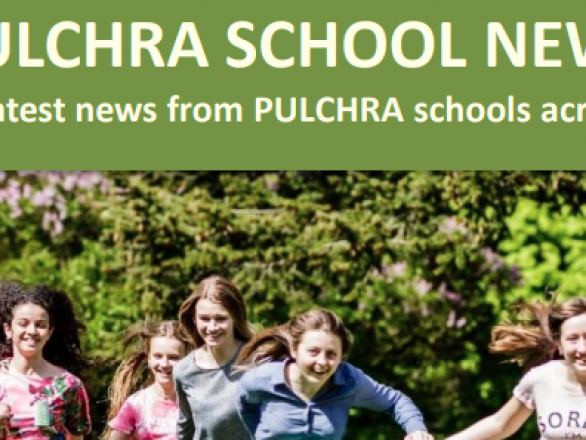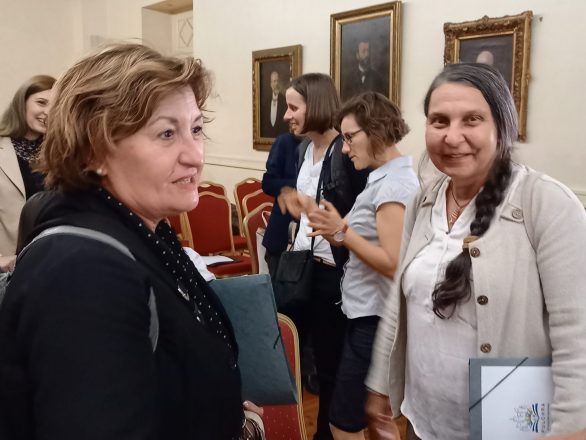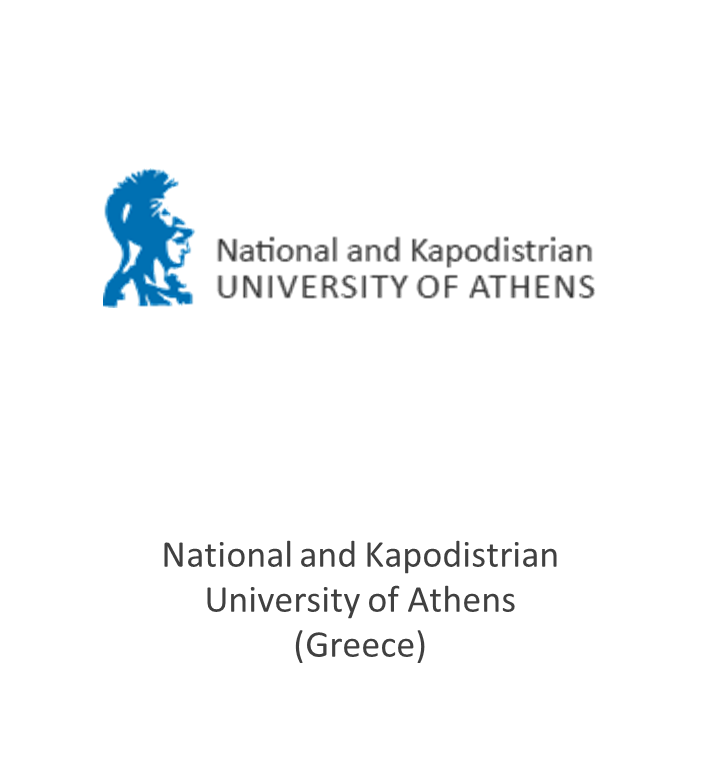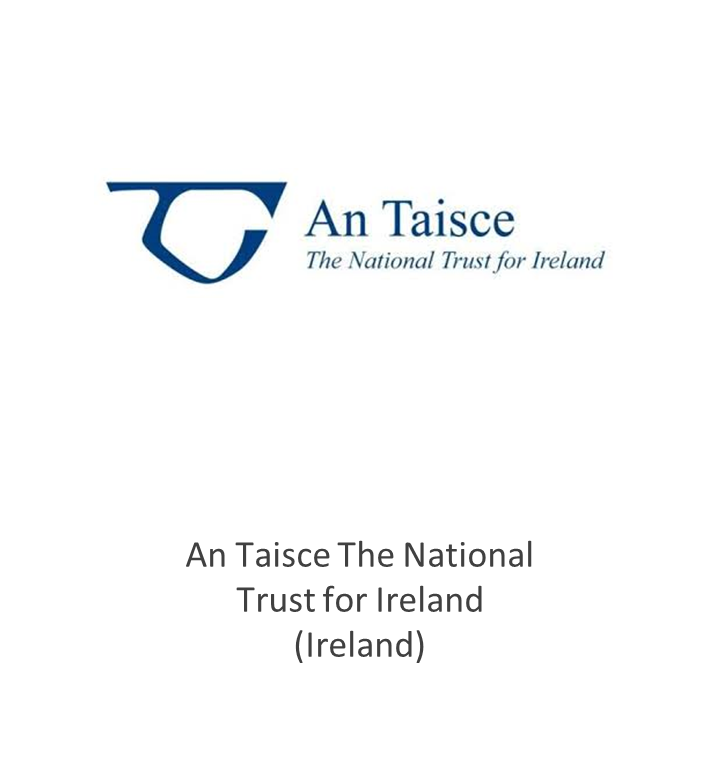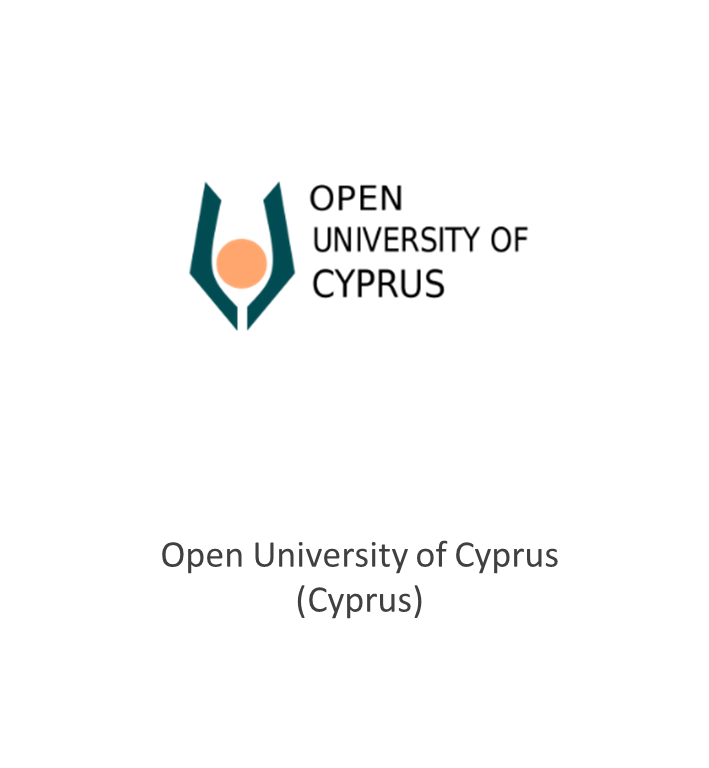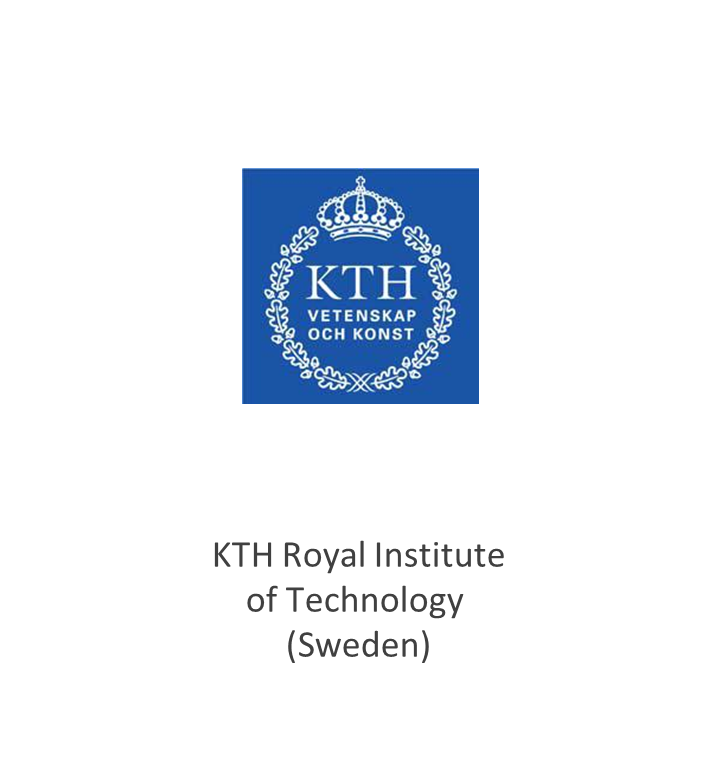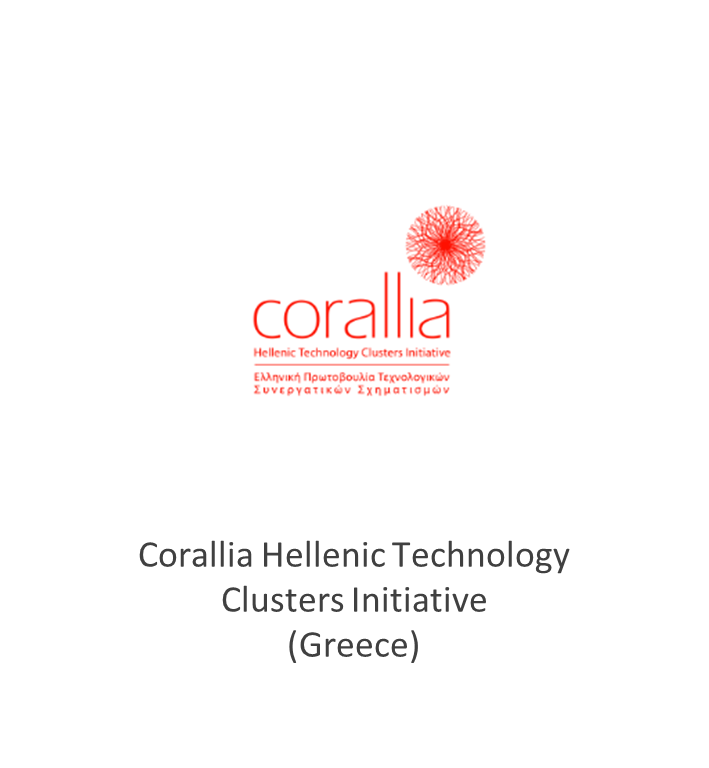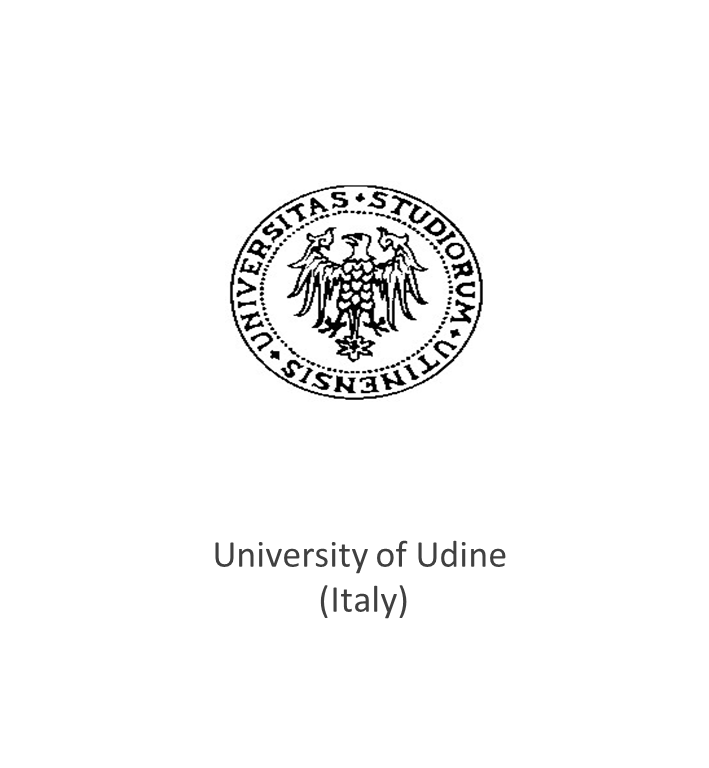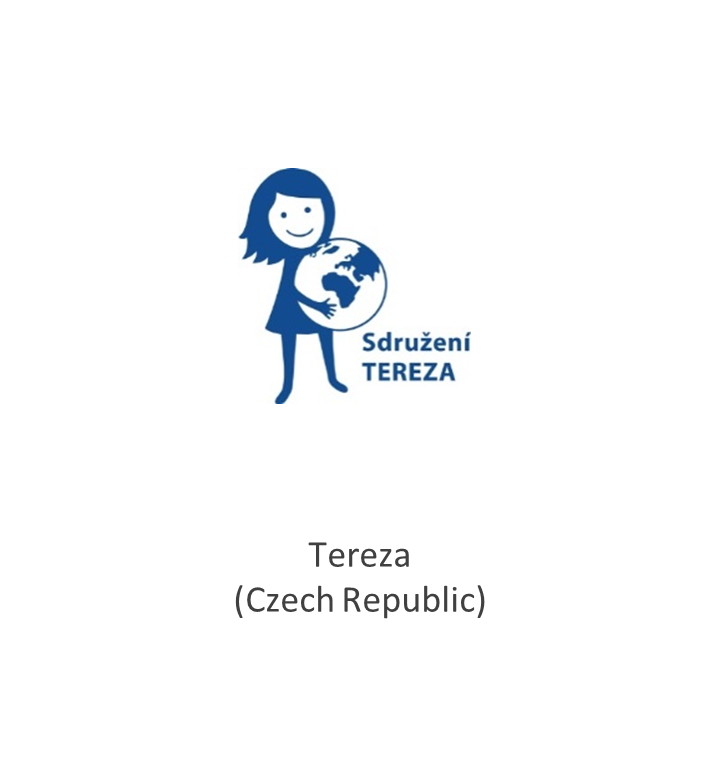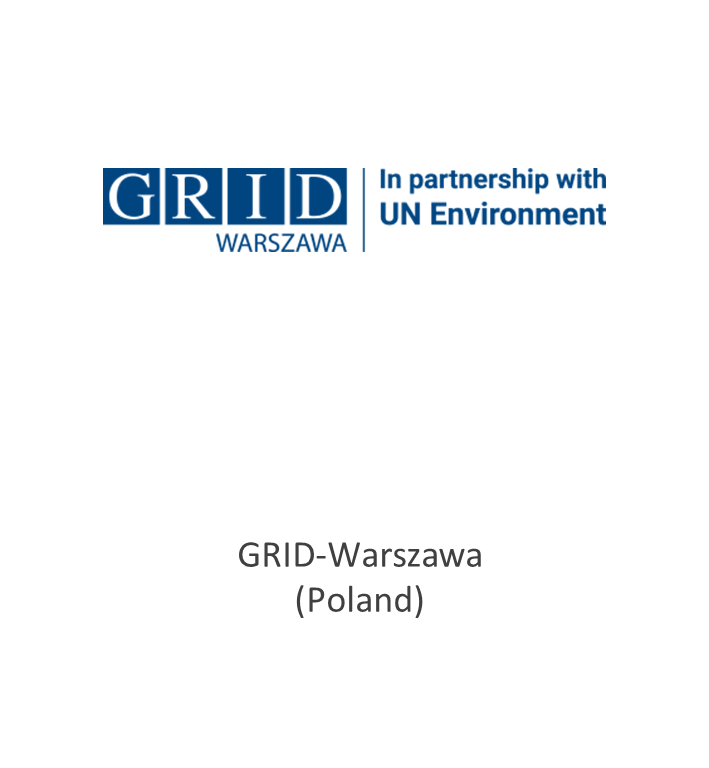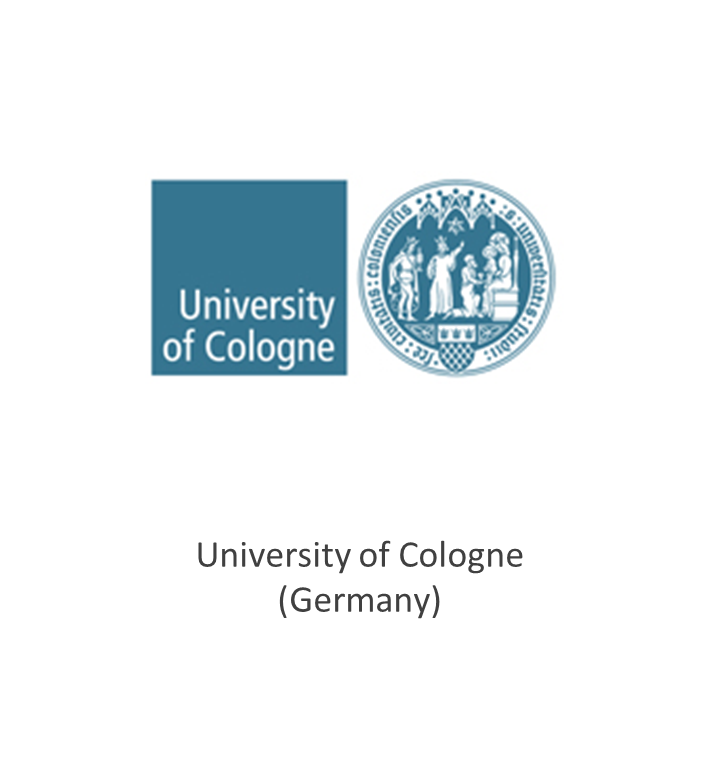We completed this investigation because we are doing the PULCHRA City Challenge 3 on regenerating urban space to connect people in a healthy environment. Within the PULCHRA challenge we specifically looked at water pollution and the quality of water.
Our hypothesis is to examine the water of our local stream to see if the water is of a good, moderate, or poor standard. We expect the results to be poor to moderate.
The site we chose was the Baby’s Walk in Midleton, Co. Cork. It is situated near a World War 1 monument, and in close proximity to the famous Jameson Distillery. The body of water running through the area is named the Dungourney River. The GPS location of the site is 51.9125 Latitude and 8.1705 Longitude. We chose the Baby’s Walk due to it being only a 2-to-3-minute walk from our school, St. Mary’s Highschool Midleton. It is also a point of interest for all students as it is a local stream.
Prior to conducting the investigation, we discussed our targets and the methods we hoped to use to collect the data in the classroom. We decided that our aim would be to test the Dungourney river to check the quality of its water. We also attended a zoom call with three PULCHRA leaders who taught us how to go about our data collection. We were advised to take three kick samples from different sections of the stream and to use testing strips to test the phosphorus, nitrate, and nitrite levels in the water as severely high levels of these compounds can impact the overall ecological health of the river. Finally, we checked the weather forecast using Met Éireann to ensure we were fully prepared to carry out the investigation.

Gathering Information

Firstly, we examined the aquatic invertebrates with the help of Local Authority Water Officer, Catherine Seale, to see if the quality of the river water was good or bad.
Aquatic invertebrates are small animals that lack a vertebral column, or backbone, and spend the majority of their lives in freshwater, marine, or estuarine environments. Most are tiny and difficult to see without a magnifying glass. They are present in rivers all year round and are easy to collect. They are also food for fish and aquatic birds and are vital for healthy rivers. In our rivers, aquatic invertebrates can be found attached to, and amongst, stones and gravel, logs, leaf material and vegetation, or burrowed into the bottom sand and mud. They are used as indicators of pollution in rivers and lakes around the world.
By using the CSSI (Citizen Science Stream Index), we looked out for six key aquatic invertebrates:
Three pollution sensitive invertebrates which are commonly found in clean streams.

Three pollution tolerant invertebrates which are commonly found in polluted streams.

We conducted 30-second kick-samples in three separate shallow, gravelly, fast-flowing sections of the stream. Once the rocks at the bed of the stream were kicked, a net was used to collect the water bugs, and these were placed in a large white tray with water from the stream. Each sample was searched to analyse the kinds of invertebrates in that section of the stream in order to determine the quality of the water. The types of invertebrates were identified and recorded. The six key invertebrates were easily spotted amongst the many other species in the tray, by their characteristic shape, colour, or movement. We then scored each sample depending on which of the six aquatic invertebrates were discovered. The three pollution sensitive invertebrates have a score of +1 each and the three pollution tolerant invertebrates have a score of –1 each.
A CSSI score of:
-9 to –5 = Poor quality
-4 to +4 = Moderate quality
+5 to +9 = Good quality
The chemical test strips were then used to establish the levels of nitrate, nitrite and phosphorous in the water. The three sections of the stream used for the kick sampling were tested using these chemical test strips. The results were also recorded.
Results
As mentioned above, three sections of the river were investigated using both kick-samples and testing strips. With the use of both techniques, it was found that the river’s water was of moderate quality.
The kick-sample procedure resulted in a final calculation of 0. The chart shows that this is a moderate quality.
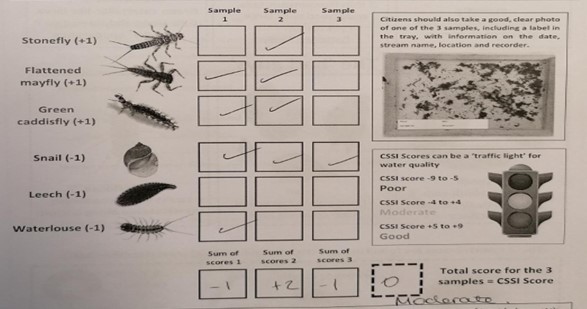

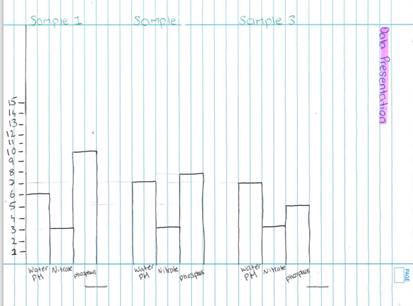
With the use of testing strips, the waters pH measured 6.7- 7 over the three sections of the river. There were safe levels of nitrite and nitrate which were also tested using testing strips.
The concentration of nitrate in rivers is an indicator of the level of nutrient enrichment. The main source of excess nitrate in the environment is agriculture, with wastewater also contributing. The nitrate levels recorded were a little higher in the 2-5 range which is also in general good status.
As the nitrite levels were close to 0 no big problems are created for the water quality.
Phosphorus levels were elevated and could indicate a potential pollution problem. Phosphate is very important for plant growth but if present in too large amounts it can lead to big impacts on the ecological health of rivers. Phosphate can get into water bodies from many different sources. These sources could be from industrial and sewage discharges and the rain-washing animal manure and inorganic fertilizers from agriculture and farming into the rivers.
Evaluation
I believe we did collect sufficient data. I believe the tests we carried out were effective, efficient, and accurate and provided us with valuable information about the health of our environment in Midleton. To be frank, the results received were not the results I had expected. Before conducting the investigation, I predicted the water quality would be poor. Fortunately, this was not the case. I do believe to ensure totally accurate results; we should return to the Baby’s Walk once or twice more to confirm our findings. It would also be interesting to conduct this on a number of other bodies of water in the East Cork area. In the future, maybe we can connect to local water conservation groups and assist them in their research projects.
Actions
To raise awareness about our study and keeping local water bodies healthy, we planned several activities. We 1) made artwork to hang around the school with information about water quality, 2) organised a litter pick up around the stream, and 3) made a bottle cap donation box to reduce plastic waste on our school grounds.
